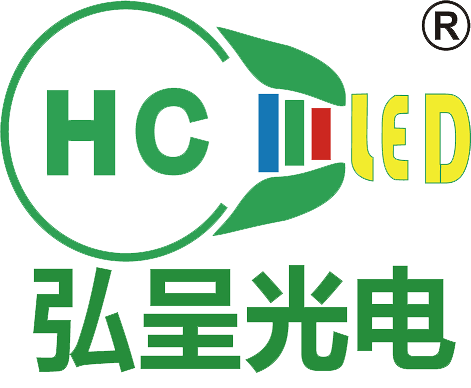Classification of LED chips
Classification of LED chips
LED chips can be classified by polarity into N/P and P/N. Divided into surface emitting type according to the emitting part (most of the light is emitted)
Divided by emitting light from the surface of the chip) and five sided emission type (with more light emitted from the surface and sides). If divided by composition, it can be divided into binary, ternary, and quaternary LED chips
The film. The so-called binary, ternary, and quaternary LED chips refer to the number of effective elements contained in the chip. If classified by constituent elements, it can be divided into the following categories
Type:
A. Binary chips (phosphorus, gallium): H, G, etc. (with two effective elements)
B. Three element chips (phosphorus, gallium, arsenic): SR, HR, UR, etc. (with three effective elements)
C. Quaternary chips (phosphorus, aluminum, gallium, indium): SRF, HRF, URF, VY, HY, UY, UYS, UE, HE, UG, etc.
Taking ternary LED chips as an example, it refers to LED chips that mainly contain three elements, such as HY, HO, IR, SR, and other products, known as ternary LEDs. Its visible light brightness is generally lower than that of quaternary (four element) LEDs, and most of the red light chips used in full-color display screens are quaternary products, characterized by high brightness.
The difference between ternary LED chips and quaternary LED chips mainly lies in the semiconductor materials used in their light-emitting regions. Three element LED chips include GaALAs GaAsP, etc. Quaternary chip refers to: InGaALP


